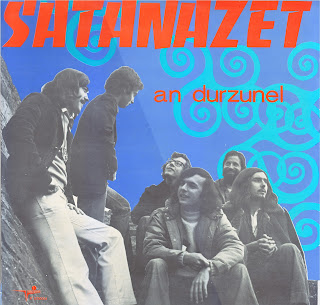BOURDIN MARCHAND DAUTEL
CHANTS A DANSER DE HAUTE-BRETAGNE
DANCE SONGS FROM UPPER BRITTANY
Dastum, ?, ?
These three singers are well known in Brittany especially Erik Marchand who was part of the famous band Gwerz. Gilbert Bourdin passed away in 2022 at the age of 75. He was also a poet and writer but he was a psychologist by trade. Christian Dautel and G. Bourdin have known each other for a long time since they were neighbours in Rennes for their studies. Bourdin was from the area of Pluherlin (near Rochefort-en-Terre) department of Morbihan which is divided between a Breton speaking part in the west and a French speaking part in the east. Along the French language a dialect called Gallo is also spoken; a romance dialect, it is like Breton less and less used daily.
The repertoire is from Pluherlin with four different types of dances : the ''ridée'' (6 or 8 beats), the ''rond'' (the circle) which is the Gallo equivalent of the Breton ''an dro'' musically but danced a bit differently, the ''pilé-menu'' (to mash finely) a very simple dance that was used to flatten the ground made of earth in a new house/farm and the ''hanter-dro'' (half an dro); all these dances were danced in a circle traditionnally.
These singers have the right kind of voice powerful enough to lead the dancers for hours.
There is no date on the cover but I found 1982 somewhere on the net while somebody tells me it could be 1986.
Note that they figure on a LP ''Chants à répondre de Haute-Bretagne'' with a different programme.





































